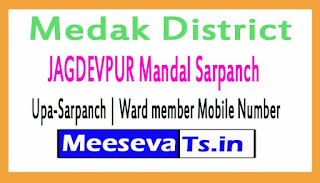
It turns out there's a term for the kind of "he said/she said" reporting I've long complained about, which treats arguments on both sides of an issue the same and leaves it up to the readers to try to figure out what the truth is.
It's called "false equivalency," and is the topic of a column today by New York Times Public Editor Margaret Sullivan.
A telling example from her column:
In his article, which led last Monday’s paper,the national reporter Ethan Bronner made every effort to provide balance. Some readers say the piece, in so doing, wrongly suggested that there was enough voter fraud to justify strict voter identification requirements — rules that some Democrats believe amount to vote suppression. Ben Somberg of the Center for Progressive Reform said The Times itself had established in multiple stories that there was little evidence of voter fraud.
“I hope it’s not The Times’s policy to move this matter back into the ‘he said she said’ realm,” he wrote.
The national editor, Sam Sifton, rejected the argument. “There’s a lot of reasonable disagreement on both sides,” he said. One side says there’s not significant voter fraud; the other side says there’s not significant voter suppression.
“It’s not our job to litigate it in the paper,” Mr. Sifton said. “We need to state what each side says.”
In defending his reporter, Mr. Sifton misstates the question, which is whether there is significant voter fraud. There clearly is not, and his newspaper has investigated and reported that.
It's a perfect example of what false equivalency is all about.
Read Margaret Sullivan's entire column here.






















